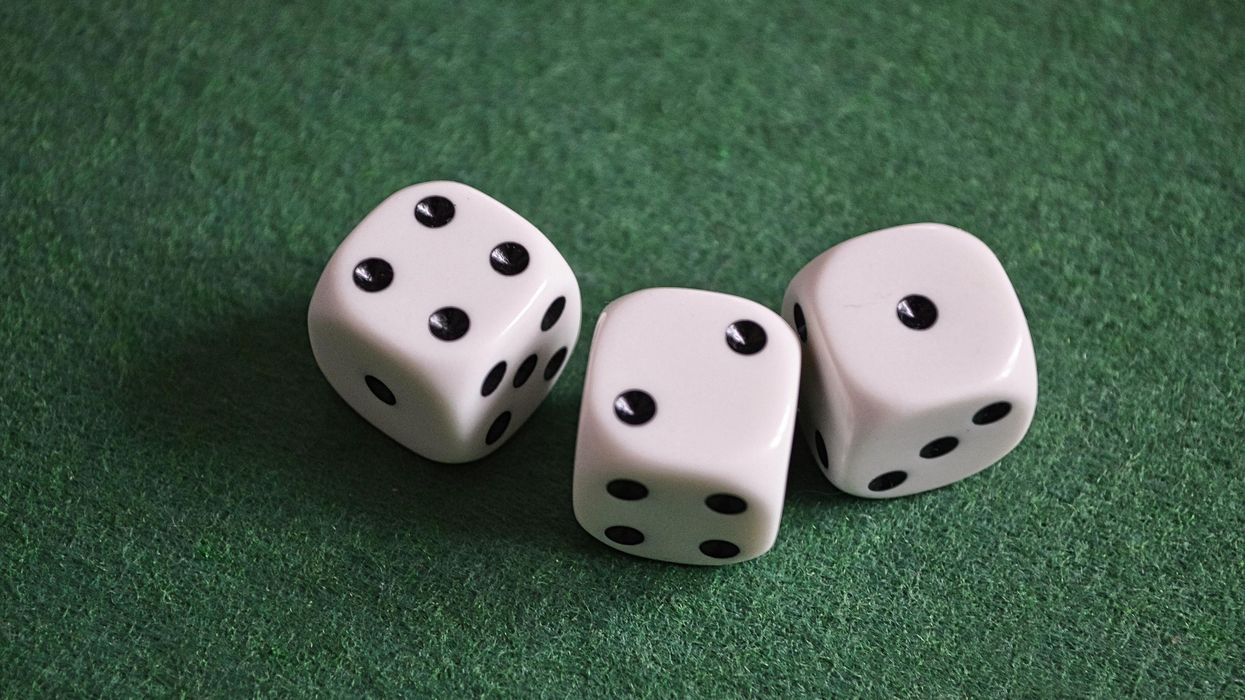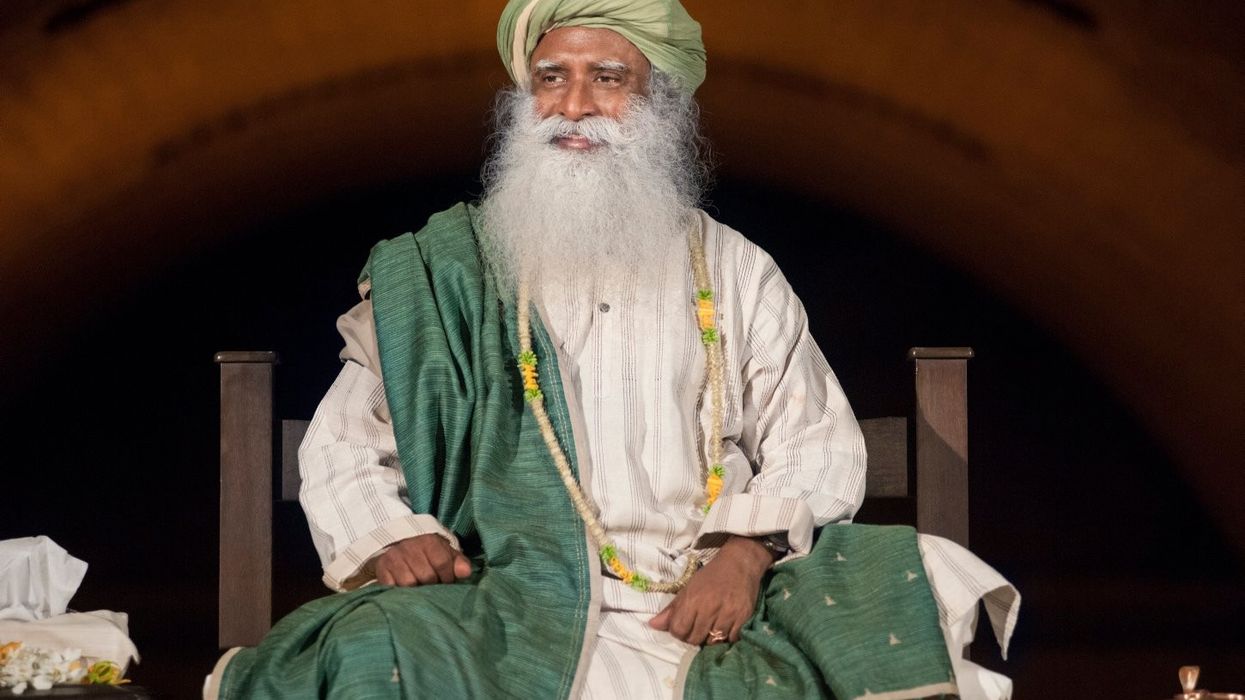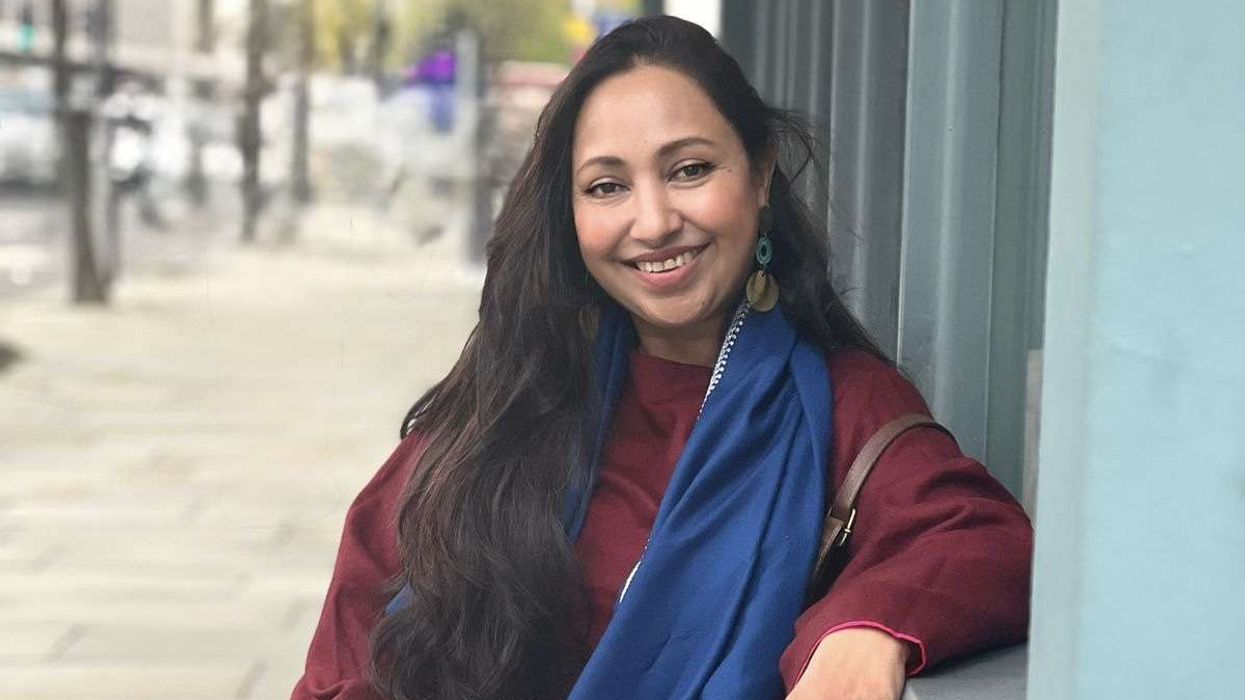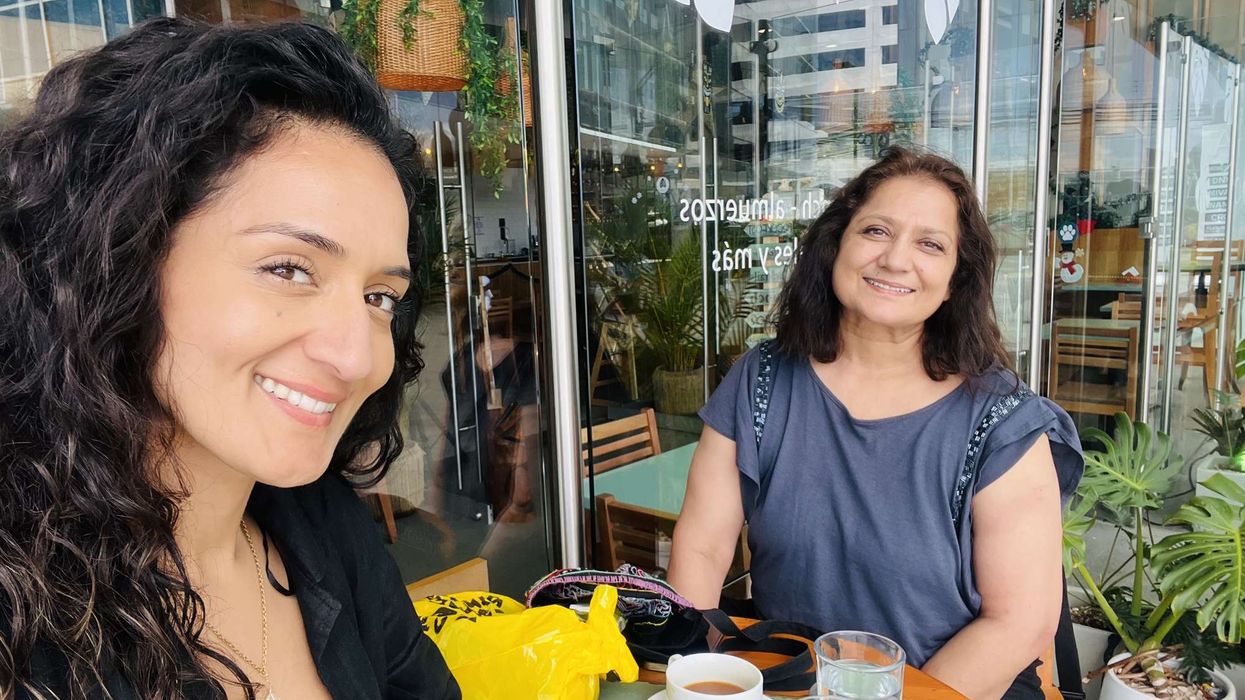by ASJAD NAZIR
AN INTERESTING career has seen Suhani Dhanki balance work as a television actress with being a Bharatanatyam dancer from a young age.
The talented UK-based dancer will be performing as a part of Akademi’s 40th-year celebrations for their event Apotheosis, which is being held at the British Museum’s Hotung Gallery in London on November 15, against the backdrop of exquisite sculptures at multiple times.
Eastern Eye caught up with Suhani Dhanki to talk about all things dance.
What first connected you to dance?
As a child, I was extremely energetic and the only thing that calmed me down was dance. I grew up watching my parents and brother groove gracefully, and every time I saw people dance, they always had a huge smile on their faces, which fascinated and inspired me.
Tell us about Bharatanatyam dance?
I am a student of Bharatanatyam, which is an Indian classical dance form that combines emotions, melody and rhythm. The dancer expresses the meaning through the body as a medium of manifestation, the emotions through the eyes and facial expressions, and maintains the beat with the feet. I learnt the Thanjavur tradition that developed in an artistic town of the same name in south India. My training has been rooted in the Shastras (ancient Indian Sanskrit treatises on dance, drama and music.)
How does your forthcoming performance for Apotheosis compare to other pieces you have done?
This experience will be vastly different from performing on a stage with a seated audience and specialised light design. I will be performing in and utilising the length of the gallery space amidst beautifully rare sculptures, drawing the visitors to the gallery space as a preface perambulatory piece.
Who is your own dance hero?
Every moment with Guru Dr Sandhya Purecha is a new lesson imbibed. She does not just teach dance but shares the art form with substantial rationale. She answers so many whys and whats even before I need to ask, and yet with minimal words, which gives me so much to ponder over. She continues to discipline me, guide me and instil values of being an artist, in addition to discovering varied skill sets, challenging me and encouraging me to explore them.
What is the most memorable performance you have seen as an audience member?
I have watched my Guruji exude the Sattvikabhava (purest emotion) by changing the colour of her face in accordance to the Rasa (sentiment). Her resplendent emotion complemented by the ethereal grace of her strong movements gave me goosebumps. I watched her dance unblinkingly and that is when I fell in love with Bharatanatyam. I also distinctly recall watching an incredibly enthralling performance by the Nrityagram Ensemble in Mumbai. I was inspired to learn Odissi back then, but maybe in another life.
If you could master something new in dance what would it be?
While every dancing day is a new experience and ongoing learning process, I would like to work towards creating and choreographing traditionally-rooted yet contemporary ensemble works in the future.
What are your future hopes as a dancer?
To share the unique methodology of a Shastra-rooted dance with as many artists, so as to preserve the treasures of the ancient texts and propagate the scope of creating from these hidden splendours.
Why do you love dance?
Nothing makes me happier.
Why should we come to your forthcoming performance Apotheosis?
One will have the feeling of sculptures coming to life, and it will be a visual delight to watch varied classical dance forms in a unique setting. Also, it is free entry!
www.akademi.co.uk











